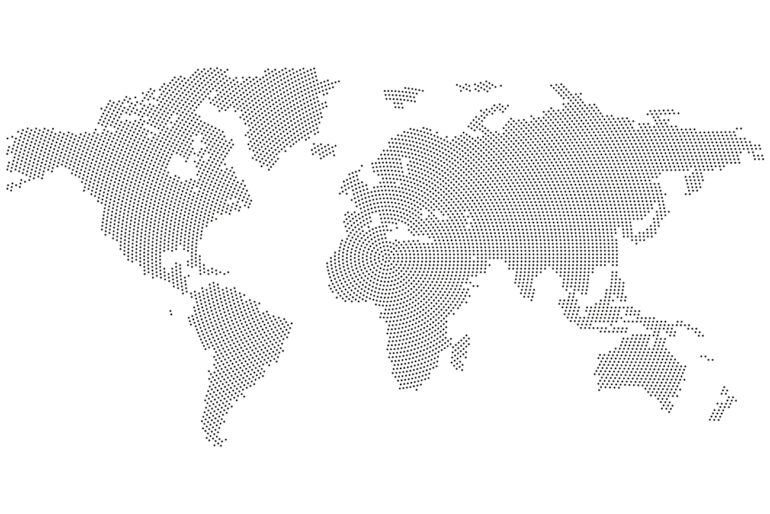[Contenuto in inglese]
E4SMA has been participating in the major innovation project, CHIMERA. We have developed the TIMES-GEO multi-regional global model and supported the development of the TIMES-IRELAND model. Both models are open-source models.
The TIMES-GEO model combines an energy system representation of 31 regions with options to mitigate CO2 and non-CO2 greenhouse gases. It covers the world economy, environment, and climate systems, enabling modellers to explore multiple climate mitigation pathways and assess the transition toward the United Nations’ sustainable development goals.
The TIMES-Ireland energy system model incorporates 30 county- and city-level regions enabling local-scale municipal planning in the national context.
Scope
The global model is designed to enable comprehensive scenario analyses. It enables users to identify pathways to reach the target of net-zero emissions. The features of the model allow for identifying ways to achieve this target in a socially, economically, and technically feasible manner.
The structure of TIMES-GEO is optimal for linking to economy models. This makes the model fit for global policy analysis and assessment of nationally determined contributions.
Correspondingly, the TIMES-GEO model can be used for contributions to the Intergovernmental Panel on Climate Change (IPCC) assessment reports.
The TIMES-GEO model allows for scenario analyses to understand the real-world impacts associated with the complex interactions between the socio-technical energy system, the energy supply, and usage at the consumer level.
When using the TIMES-GEO users can thus determine the impacts that radical decarbonization of the energy system will have upon the structure of the economic system, public health, and public and private investment decisions. Likewise, the trade-offs and co-benefits of the transition to an environmentally sustainable shared socio-economic pathway can be determined.
The TIMES-Ireland energy system model is a national model with some details at the county level. It is primarily employed to inform national (Irish) policy development.
Models and methodologies
The TIMES-GEO model is an open-source integrated assessment model. We have developed it using the TIMES modelling framework, the user interface VEDA2.0 for data handling, and the GAMS/CPLEX modelling language and optimizer.
It covers the globe by distinguishing between 31 regions. In each region, the model covers the entire energy system, organized into seven sectors with each sector represented through energy service demands and a set of technologies. The seven sectors are Upstream, Power, Residential, Commercial, Transport, Agriculture, and Industry.
We have developed specific repositories for the depiction of currently available and future technologies in each of the modelled sectors and regions. These will include both conventional, high-efficiency, and (possibly) advanced technologies at various development stages (e.g., hydrogen vehicles, and direct air capture (DAC)).
Main characteristics of TIMES-GEO
- Extended geographical representation of 31 regions.
- Model flexibility and 20 time slices (four seasons and five intra-day slices).
- The base year templates parametrically link to the United Nations Energy Balance and Energy Statistics where the base year and regional aggregation can relatively easily be changed.
- Power sector calibrated to 2018 United Nations Energy Statistics and Irena.
- Upstream sector based on IEA WEO fuel prices.
- New technology repository databases based on publicly available sources like the EU Reference scenario 2020 and the IEA ETSAP Technology briefs.
- Automated commodity and process naming convention dictionaries.
We have produced a detailed description of the TIMES-GEO model on the platform I2AMPARIS.
Duration: 2018-2024
Funding body: Science Foundation Ireland and National Natural Science Foundation of China (NSFC)
Research Partner/host: MaREI, The SFI Research Centre for Energy, Climate and Marine Research and Innovation coordinated by the Environmental Research Institute (ERI), University College Cork, Ireland.
Project partners: Institute of Energy, Environment and Economy, Tsinghua University, Beijing, Republic of China. College of Environmental Sciences and Engineering, Peking University, Beijing, Republic of China.
Contacts: e4sma@e4sma.com
Graphic credits: Freepik


